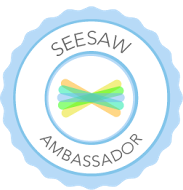Each year FUTURES Foundation allows teachers to apply for mini-grants to support programs in the classroom. Simple machines is a unit within our science curriculum. After some research Lego Education produces kits with step by step directions creating a variety of builds using collaboration, problem-solving and teamwork. Partners again were programmers and builders and switched half way through the steps. This allowed students opportunity to learn the pieces, where they were located, and where to put them when finished. It is important to have procedures in place when working with Legos.
Things I learned to have procedures for:
- How to store the Legos
- where to store the Legos and the building manuals
- taking off the lid-without the pieces flying everywhere
- building in the lid to contain the pieces
- only taking the top tray out when retrieving a piece from the bottom
- programmer uses the book and gets the pieces for the builder
- builder can ask for help at any time and work together
- switch roles halfway through the building steps
Our 45 minute class sessions went by so quickly and they students begged for more time. We started with vocabulary clock-wise, counter clock-wise, rods, 2x3, flats, cranks, etc. I would leave them with a question to find out during the build. They needed to talk to one another to have an answer and demonstrate the concept of the build. Once they called me over they could add to the build and even experiment by trading gear sizes or extending pieces. There were so many "Aha!" moments I got to see from the most amazing students. I am so grateful we have organizations like FUTURES Foundation that provide the means of having these experiences for our students. Sofia Walker co-wrote the grant with me and all of 3rd grade benefited from the materials and lessons. She is the BEST!!

















































